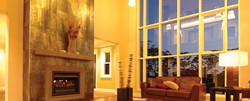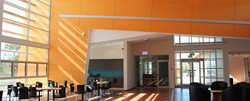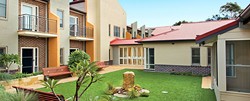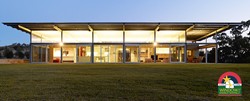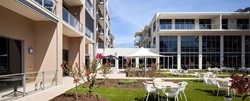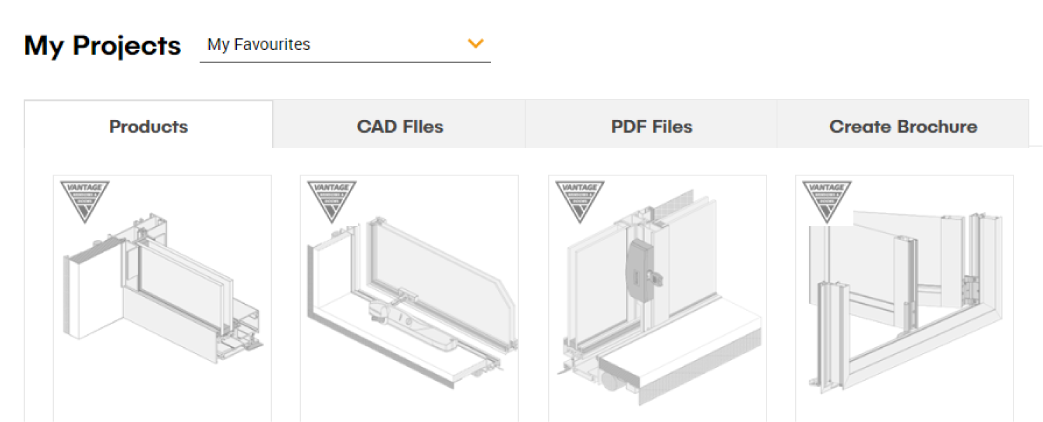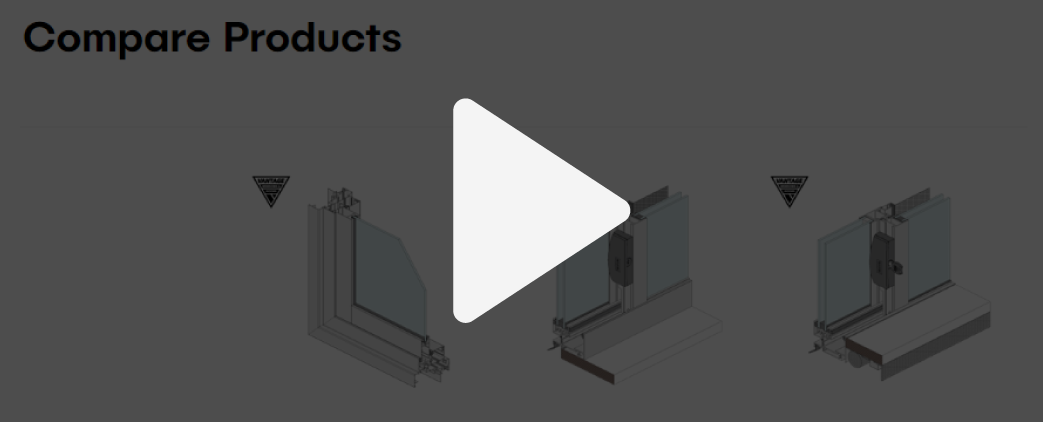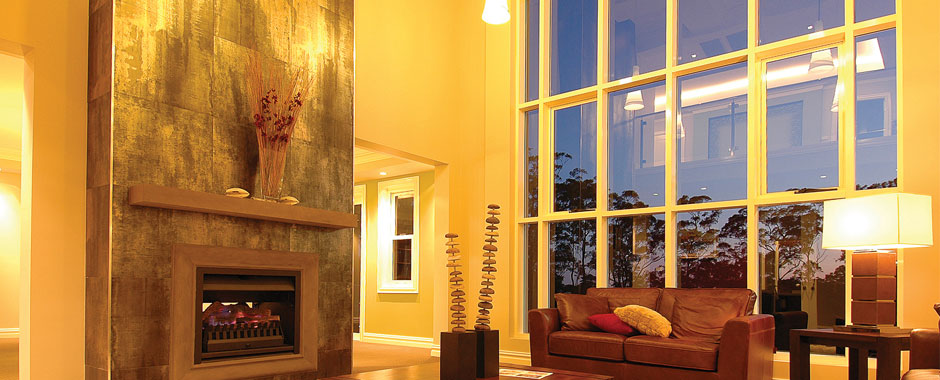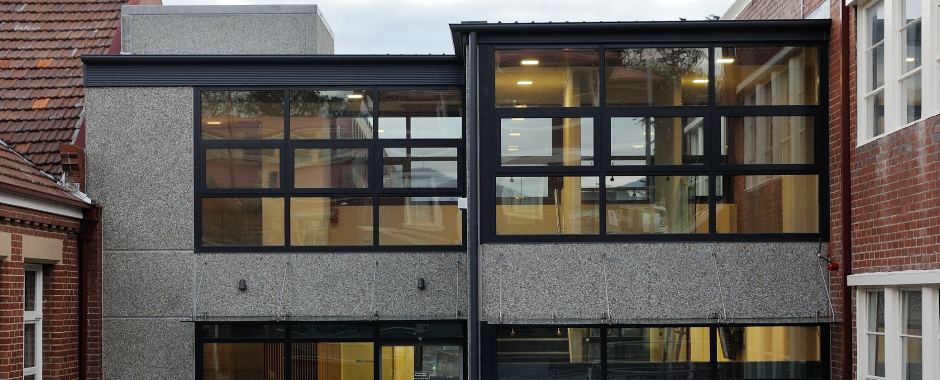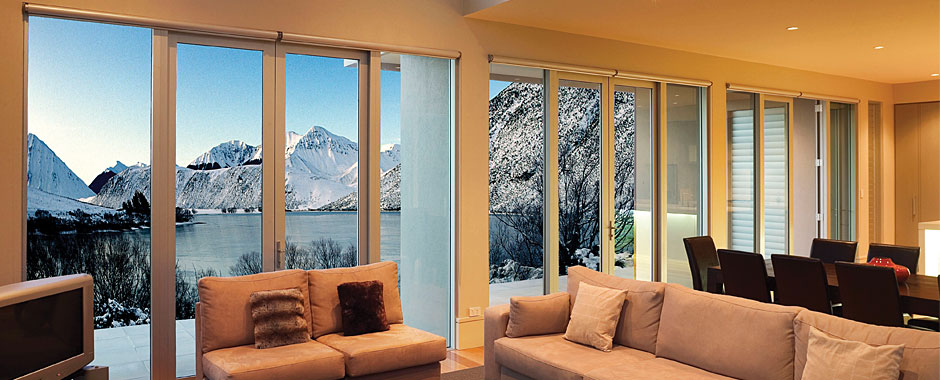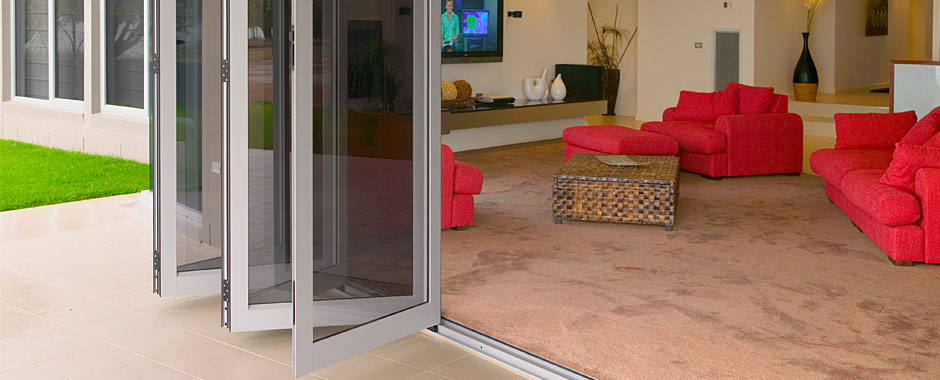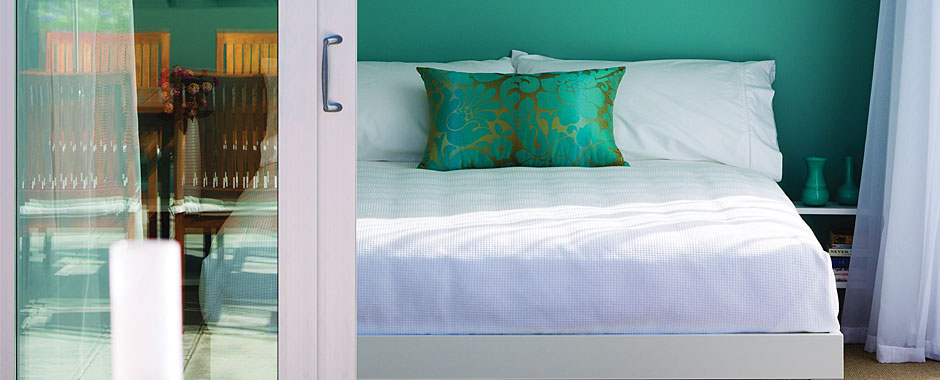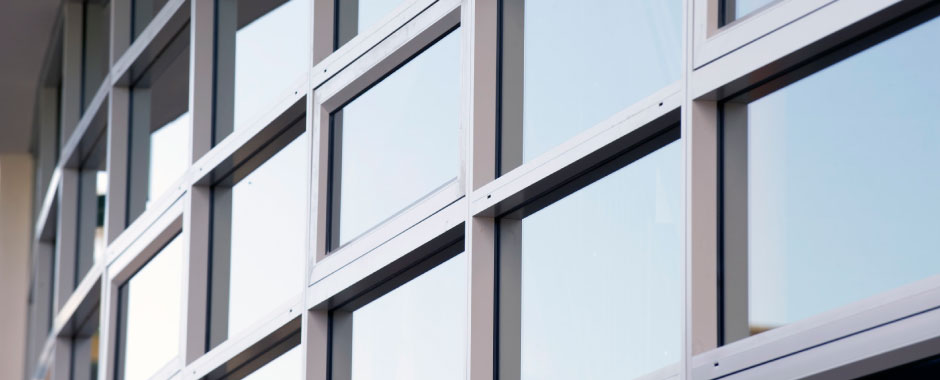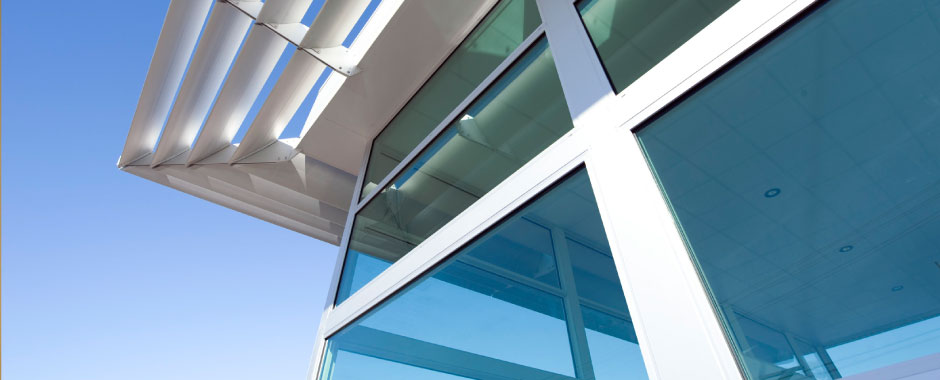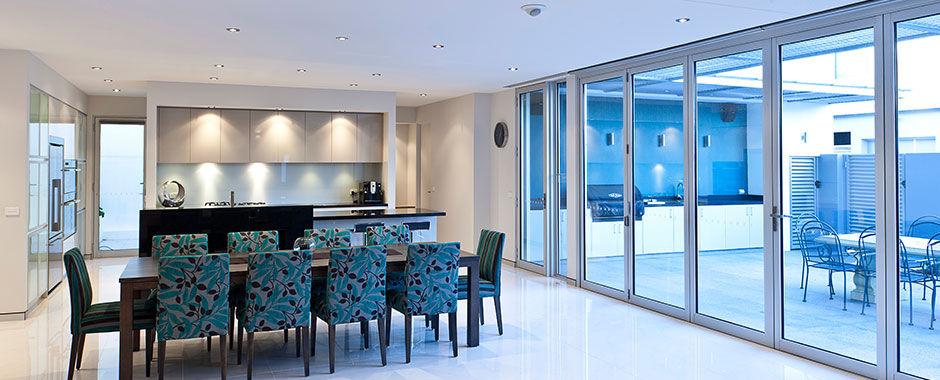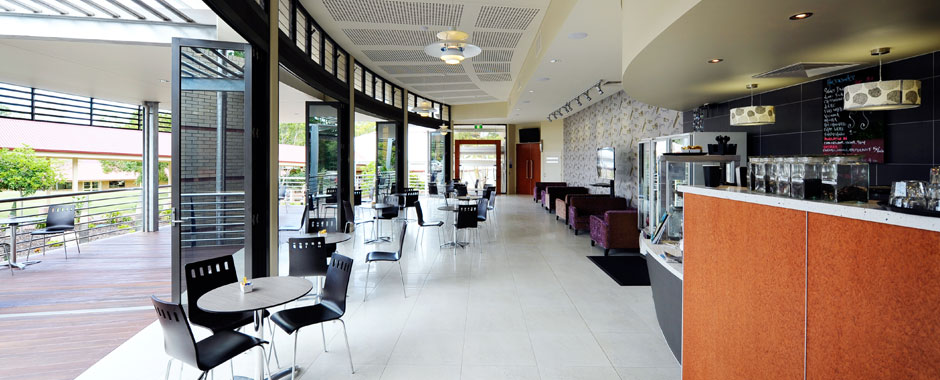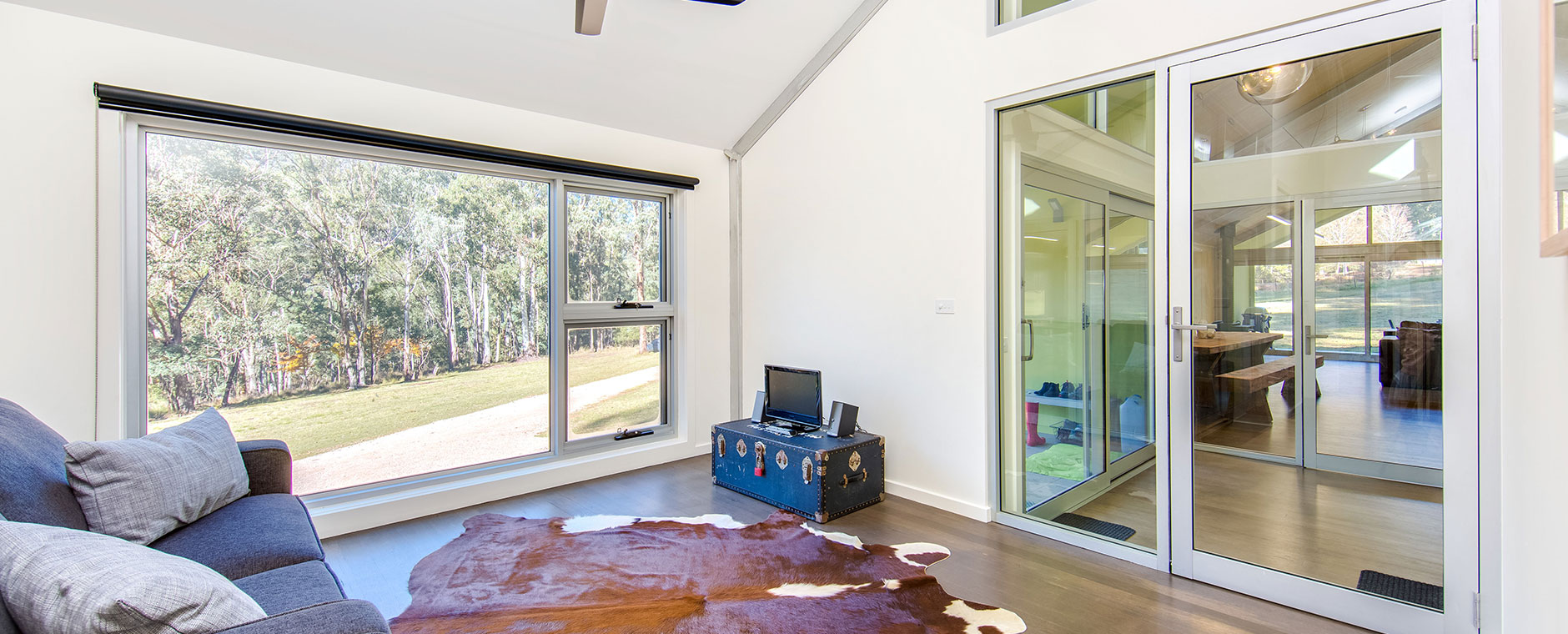For many years commercial buildings were rated under Section J of the Building Code of Australia (BCA) simply by using the performance values of glass. More recently the BCA requires windows to be assessed on their whole value: the combined effect of frame and glass. This change has seen compliance with Section J of the code become harder to achieve without the use of better performing products or design compromise.
Over the past five years an increasing number of window and door manufacturers within Australia have added thermally broken aluminum window and door systems to their product portfolio. Growing awareness of and demand for energy efficient building materials has driven product development in this area, resulting in an offering of window and door systems that deliver significant improvements in thermal efficiency and insulation properties.
Thermally broken aluminium window systems deliver many advantages, most importantly improved thermal performance. The advantages of aluminium are maintained – such as strength, durability and stability – yet the drawback of thermal conductivity is overcome. This makes thermally broken aluminium windows an ideal solution for commercial building applications and high-end residential projects where large, complex glazing solutions are required.
Controlling Heat Transfer
Heat or thermal heat energy can be transferred through a material in three manners:
1. Conduction is simply the process where heat is transferred through materials that touch one another.
2. Convection is where gases or liquids circulate to transfer thermal energy.
3. Radiation transfers heat energy at a distance through high frequency waves such as visible light, ultraviolet light or microwaves.
The window frames are insulated against heat and cold conduction. This is done by separating the outside metal parts from the inside with a material which reduces the amount of heat or cold transferred through the frames. This feature is known as the “thermal break”.
Thermal Break Definitions
A thermal break is a non-metallic resin or plastic material installed in the metallic window frame that physically separates the interior part of the window from the exterior part. Hence the pathway for heat energy to be transferred or conducted through the window frame is “thermally broken”. The formal definition from the National Fenestration Rating Council (NFRC) is as follows:
Thermal break: a material of low thermal conductivity that is inserted between members of high conductivity in order to reduce heat transfer. Thermal barrier material conductivity shall be no more than 0.5 W/m.K.
A thermally broken window can be described as one in which the frame and sash components (members) have been split into interior and exterior elements and joined using a less conductive material. The formal definition of a thermally broken member from the National Fenestration Rating Council (NFRC) is as follows:
Thermally broken (TB) members: system members with a minimum of 5.30mm separation provided by a low-conductance material (where thermal conductivity (is) less than or equal to 0.5 W/m.K) or open air space between the interior and exterior surfaces. Such systems include members with exposed interior or exterior trim attached with clips and all skip/de-bridged systems.
AWS offers a comprehensive range of Thermally Broken windows and doors for commercial and residential applications, these systems offer significant improvements in thermal performance when compared with equivalent non thermally broken systems.



